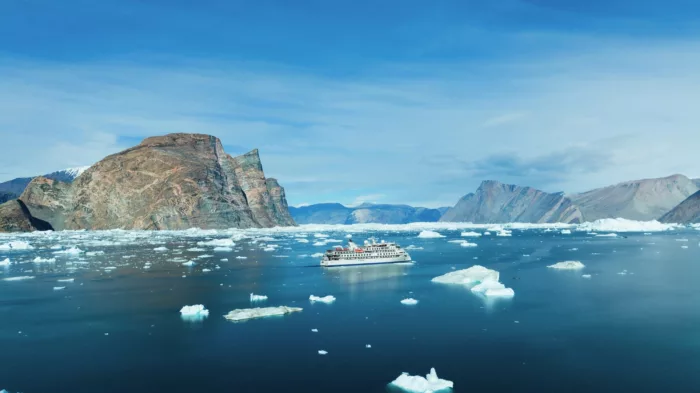
AE Expeditions
AE Expeditions is a small Australian cruise line which specialises in off-the-beaten-track voyages led by remote area experts.
The company’s adventurous co-founders, Greg and Margaret Mortimer, established AE Expeditions in 1991 and had by the following year, already begun running voyages to Antarctica
132
Passengers
74
Crew
2021
Launched
7400t
Tonnage
104.4m
Length
18.2m
Width
12kts
Speed
8
Decks
USD
Currency
Cruise Itinerary
Days 1 - 2
Ushuaia, Argentina
Days 3 - 4
,
Days 5 - 9
Antarctic Peninsula, Antarctica
Days 10 - 11
,
Day 12
Ushuaia, Argentina

Days 1 - 2
Ushuaia, Argentina

Days 3 - 4
,

Days 5 - 9
Antarctic Peninsula, Antarctica

Days 10 - 11
,

Day 12
Ushuaia, Argentina
Ship Details


AE Expeditions
Sylvia Earle
Introducing our new ship, the Sylvia Earle
A floating ambassador for the planet.
Cabins
All Prices










